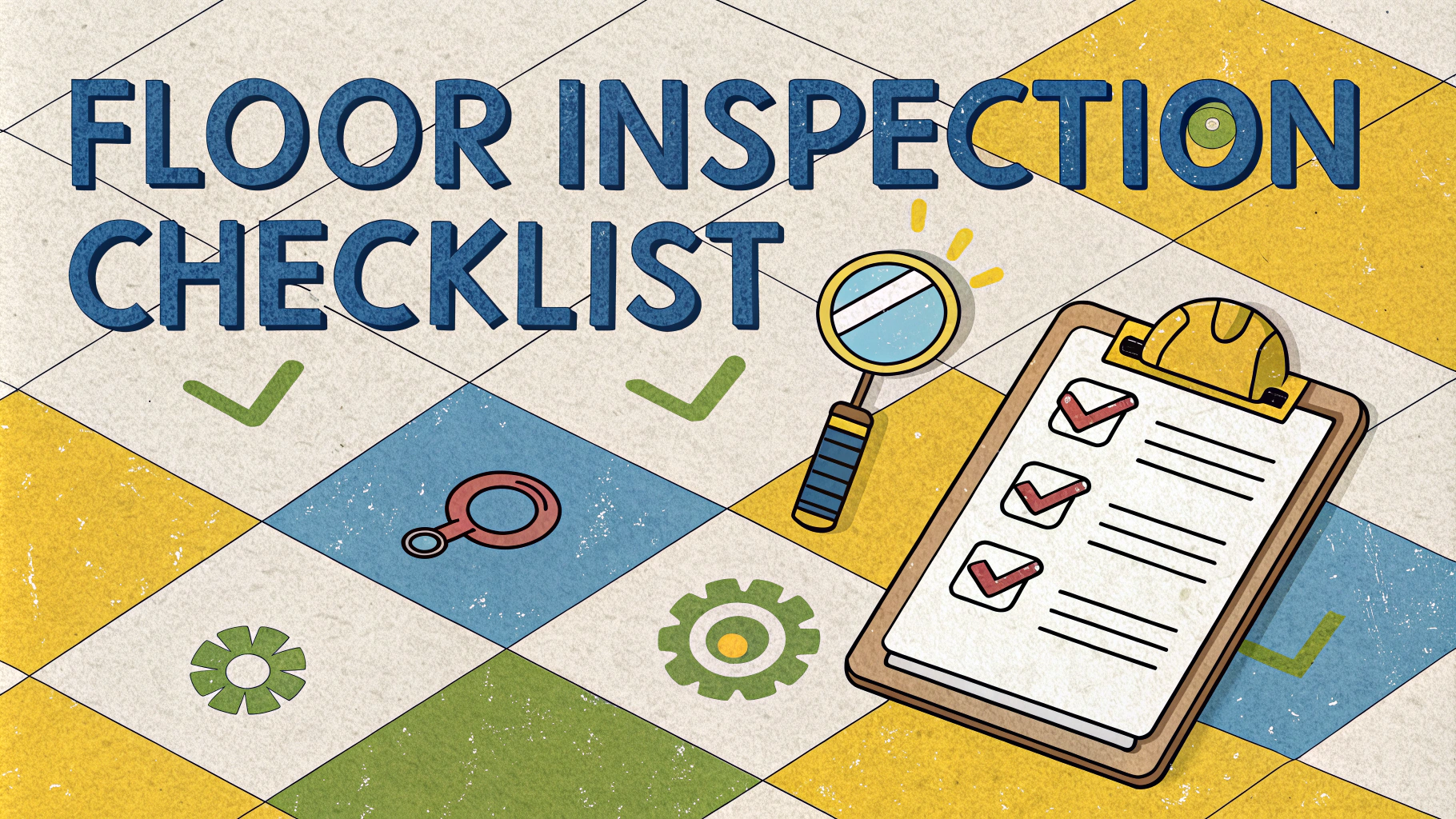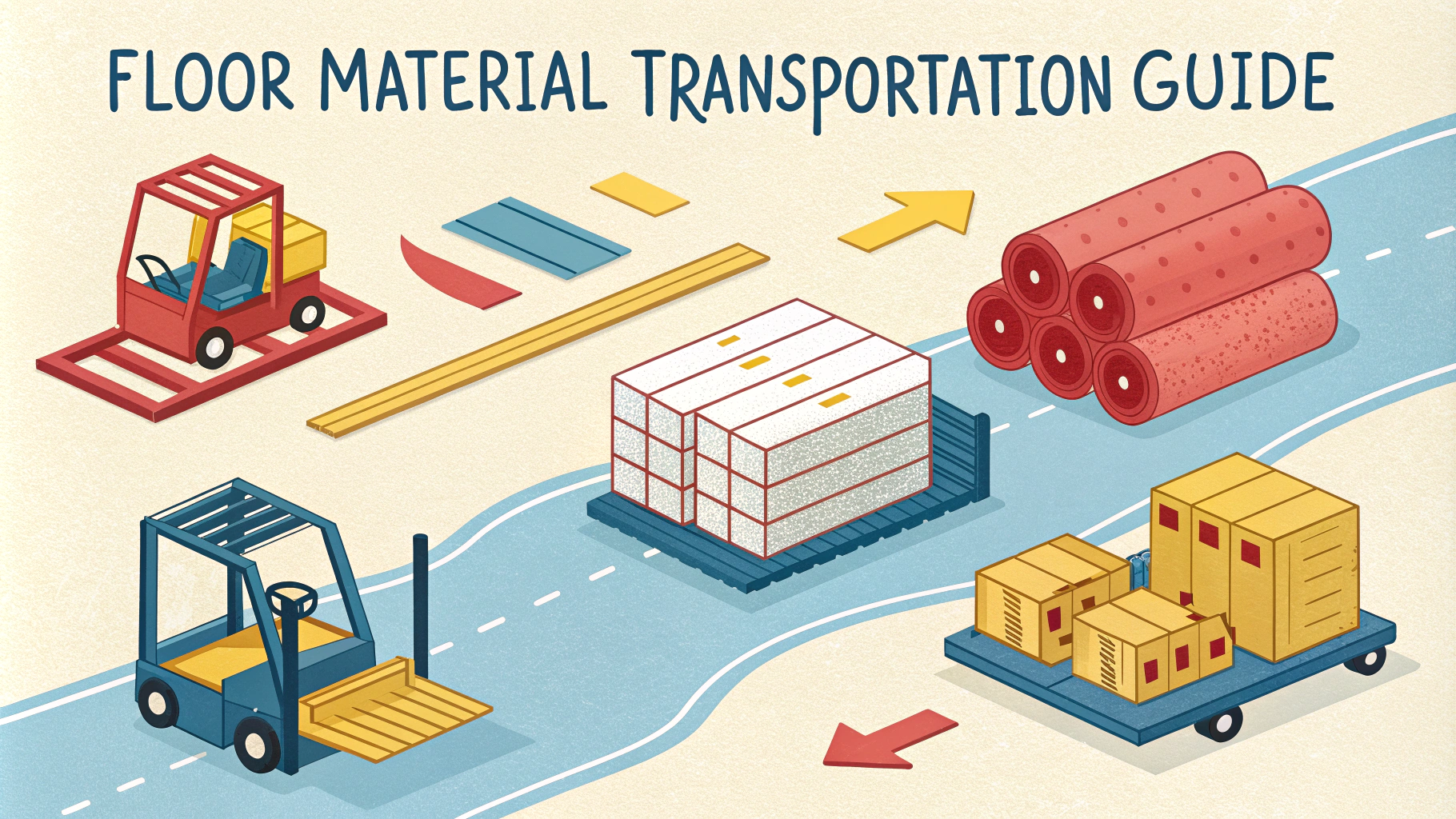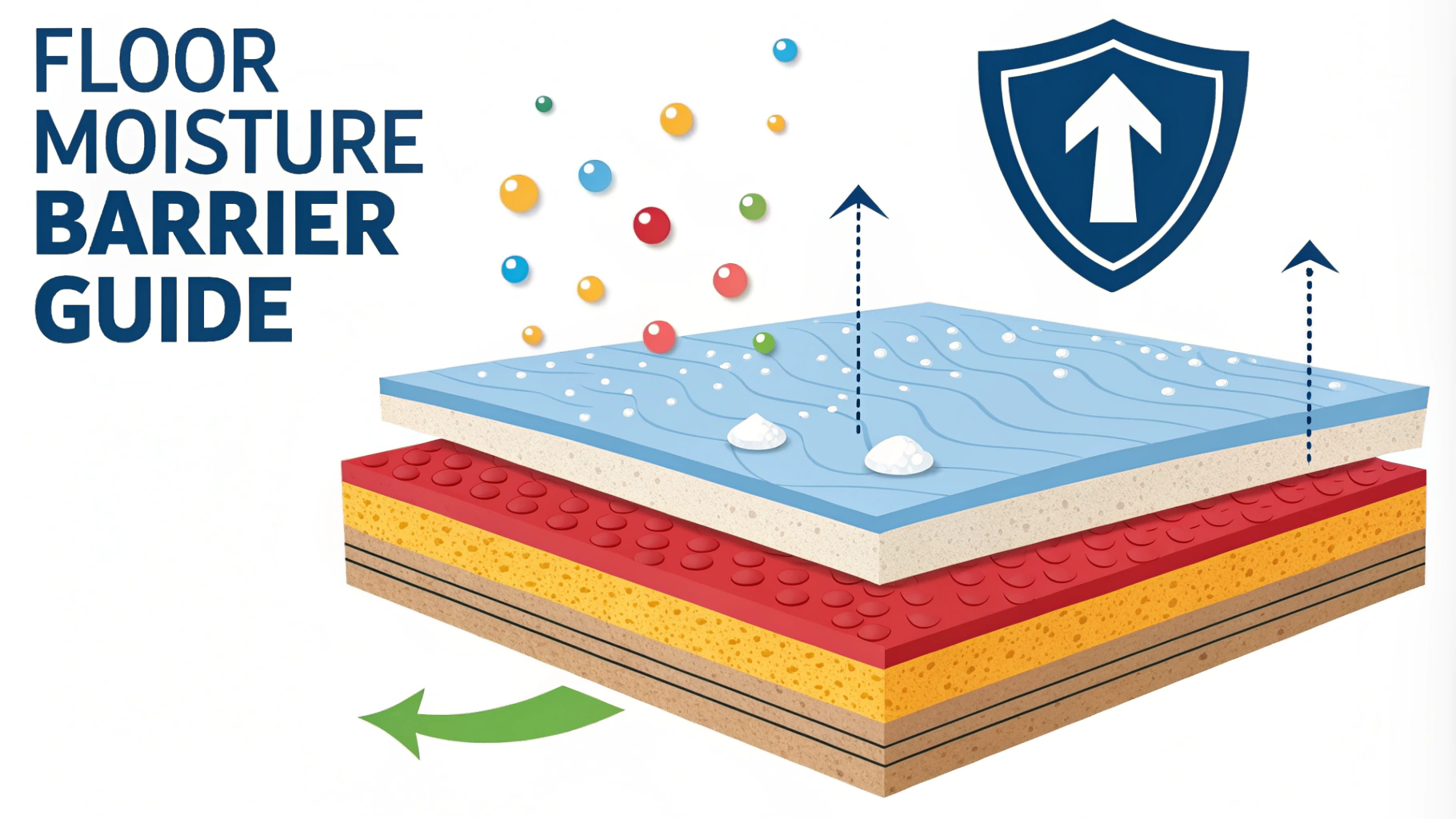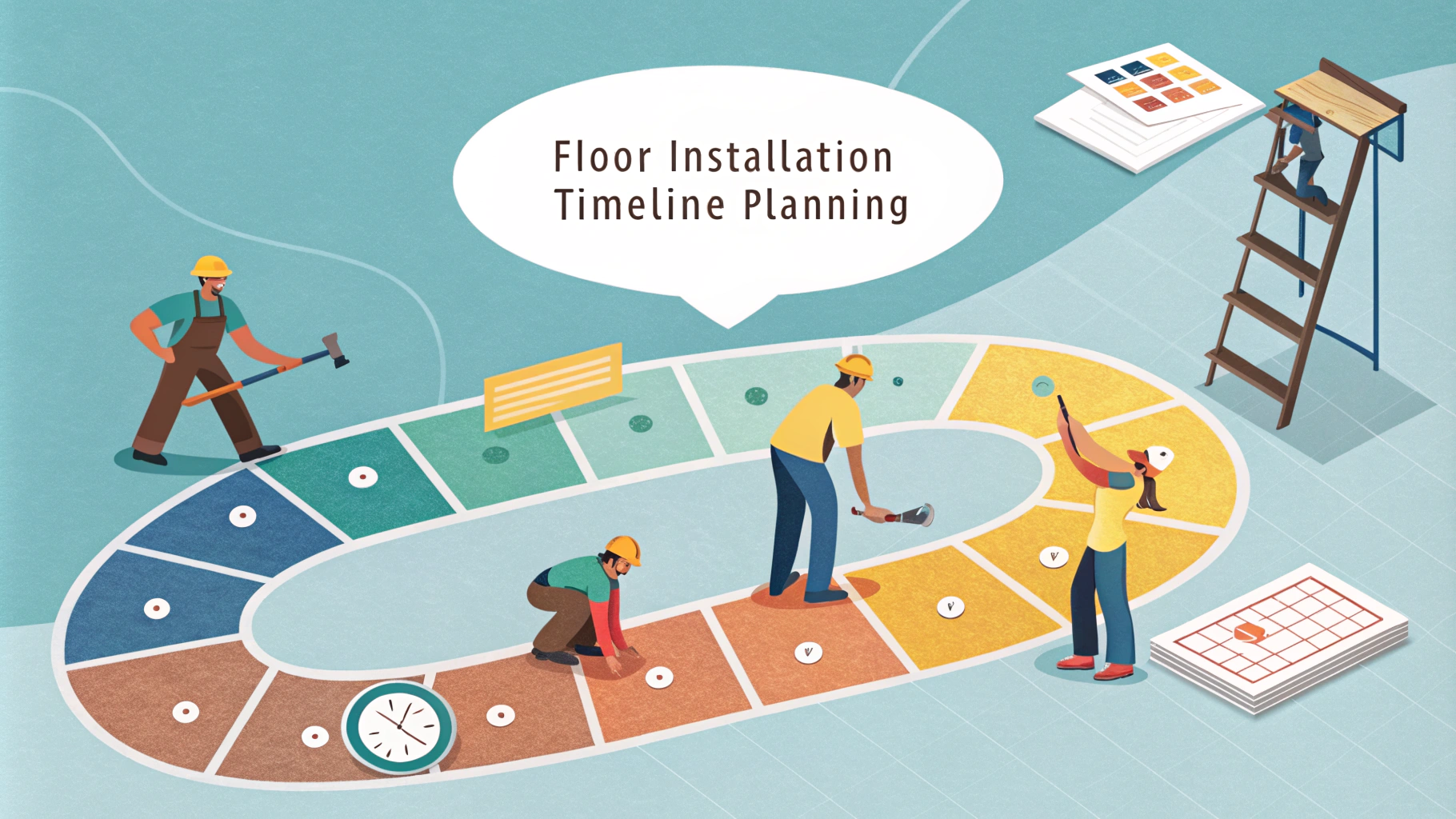Floor insulation helps maintain comfortable indoor temperatures while reducing energy costs in homes and buildings.
A well-insulated floor can save up to 10% on heating bills and create a more comfortable living space by eliminating cold spots and drafts.
This guide covers the main floor insulation options, installation methods, and tips to help you choose the right solution for your home.
Types of Floor Insulation
- Fiberglass Batts – Standard option that fits between floor joists
- Rigid Foam Boards – High R-value panels that resist moisture
- Spray Foam – Expands to fill gaps and creates an air seal
- Mineral Wool – Fire-resistant option with sound dampening properties
Installation Methods
Suspended Timber Floors
Access the space from below through a crawl space or basement to install insulation between joists.
Concrete Floors
Install rigid foam boards directly on top of the concrete slab before laying the final floor covering.
Professional vs DIY Installation
| Professional | DIY |
|---|---|
| Better coverage and sealing | Lower cost |
| Warranty coverage | Flexible timing |
| Proper ventilation management | Simple projects only |
Cost Considerations
- Fiberglass batts: $0.50-$1.50 per square foot
- Rigid foam: $1-$2 per square foot
- Spray foam: $2-$5 per square foot
- Professional installation: Add $1-$3 per square foot
Pre-Installation Checklist
- Check for moisture issues and fix any leaks
- Ensure proper ventilation in crawl spaces
- Seal gaps and cracks in the floor
- Install vapor barriers where needed
- Check local building codes and requirements
Tips for Success
- Wear protective gear including gloves and mask
- Measure spaces carefully before cutting insulation
- Leave no gaps between insulation pieces
- Don’t compress insulation as it reduces effectiveness
- Maintain proper ventilation throughout the process
Common Problems and Solutions
- Moisture Build-up: Install vapor barriers and ensure proper ventilation
- Gaps in Coverage: Use spray foam to seal small spaces
- Pest Issues: Add metal mesh barriers before installing insulation
- Sagging Insulation: Install support wires or netting
Next Steps for Your Project
Contact local insulation contractors for quotes and assessments – look for professionals certified by the Building Performance Institute (BPI) or similar organizations.
Find specific product recommendations and installation guides at major home improvement retailers like Home Depot or Lowe’s.
Check with your utility company about rebates or incentives for floor insulation improvements.
Maintenance and Long-Term Care
- Inspect insulation annually for signs of damage or settling
- Check for moisture or pest issues during seasonal maintenance
- Replace damaged sections promptly to maintain effectiveness
- Monitor indoor humidity levels to prevent condensation
- Keep crawl spaces and access points well-ventilated
Energy Efficiency Benefits
- Reduced heat loss through floors by up to 90%
- Lower carbon footprint and environmental impact
- More consistent room temperatures year-round
- Improved overall home energy rating
- Potential increase in property value
When to Replace or Upgrade
Signs It’s Time for New Insulation
- Increasing energy bills despite normal usage
- Cold floors or drafts near floor level
- Visible damage or deterioration
- Insulation over 15-20 years old
- After water damage or pest infestation
Making Your Home More Energy Efficient
Floor insulation is just one component of a well-insulated home. Combine it with proper wall and ceiling insulation, weather stripping, and efficient HVAC systems for maximum energy savings. Regular maintenance and timely upgrades will ensure your investment continues to provide comfort and cost savings for years to come.
FAQs
- What are the main types of floor insulation available?
Blanket insulation (batts and rolls), rigid foam boards, spray foam insulation, structural insulated panels (SIPs), and loose-fill materials like cellulose or fiberglass. - How much can floor insulation reduce my energy bills?
Properly installed floor insulation can reduce heating and cooling costs by 15-25% annually, depending on your climate zone and existing insulation levels. - What’s the recommended R-value for floor insulation?
For most climates, the recommended R-value is between R-13 and R-30, with colder regions requiring higher values. Crawl spaces typically need R-13 to R-19, while floors over unheated spaces need R-25 to R-30. - Do I need a vapor barrier with floor insulation?
Yes, in most cases a vapor barrier is necessary, especially in crawl spaces and basements, to prevent moisture damage and maintain insulation effectiveness. - How long does floor insulation typically last?
Quality floor insulation can last 20-80 years depending on the material used. Fiberglass can last 80-100 years, while foam insulation typically lasts 20-30 years. - Can I install floor insulation myself?
While DIY installation is possible for some types like batts and rolls, professional installation is recommended for spray foam and complex installations to ensure proper coverage and avoid common pitfalls. - What are signs that I need to replace my floor insulation?
Cold floors, increasing energy bills, drafts, moisture damage, pest infestations, or visible deterioration of existing insulation are key indicators. - Is underfloor heating compatible with floor insulation?
Yes, floor insulation actually improves the efficiency of underfloor heating systems by preventing heat loss and directing more heat upward into the living space. - How do I insulate a floor above a crawl space?
Install insulation between floor joists, secure with wire holders or netting, and ensure proper vapor barrier installation facing the heated side of the home. - What’s the best insulation for soundproofing between floors?
Dense materials like mineral wool or fiberglass specifically designed for soundproofing, combined with resilient channels and acoustic underlayment, provide the best sound reduction.







